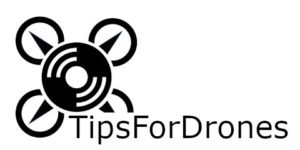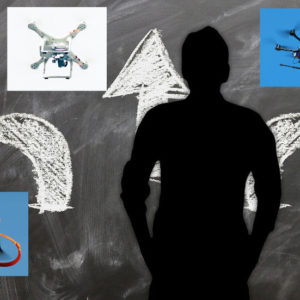The internet is littered with “top 10 drones” sites. If you click on them, you will find a list of Amazon descriptions. But not everyone has the same hobbies. Nobody can claim that only one drone is the right choice. An ideal drone for one person can be completely useless for another.
Recognizing that each of us has different preferences when it comes to drones, I made a step-by-step post. I’ll go through all the key components of a camera drone so you can find the perfect drone that suits your needs.
Here are four basic tips when buying a hobby camera drone:
- Do not buy a “no name” drone because you might have difficulties in finding spare parts after a few years of using the drone. Some drones also have no warranty issues.
- Spend some more money so you can enjoy your drone for a long time. Low-cost suppliers often use short-lifetime parts.
- A quadrocopter is the perfect drone. In the past, hexa and octocopters were famous for their quiet flight behavior, but quadrocopters now fly very quietly due to better electronics and more precise manufacturing tolerances.
- Ask the questions below for each component so you can find the ideal drone for you.
What distinguishes a good hobby camera drone?
As the name implies, a good hobby camera drone accompanies you in your hobby. Therefore, there is no general answer to this question. You should ask yourself this question instead:
“In which activity do I want to take my drone?”
People who use drones can be divided into three types:
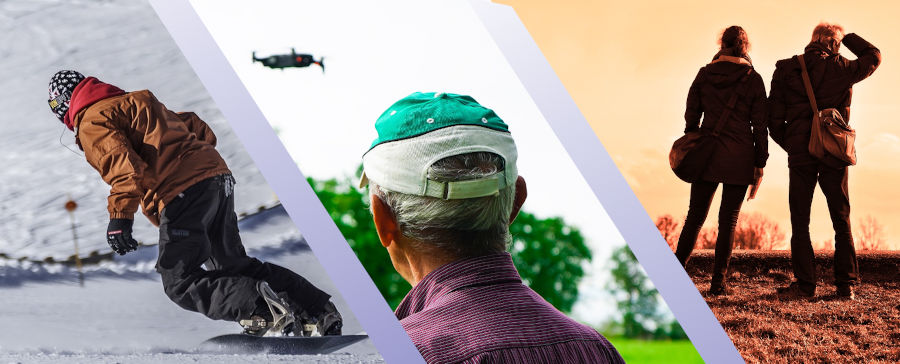
The All-Rounder: He is looking for a good mix of all categories, but for no special application. The drone must be robust and easy to use. It should take good pictures and videos. Optionally, the drone should have automatic flight functions.
The Sportsman: He is looking for a drone for his sporting adventures. The drone should be able to fly fast and avoid obstacles on its own. A very important feature of the drone is an automatic flight mode that allows it to follow him independently, for example, when he drives down the mountain with his ski.
The Traveler: He is looking for something practical, a small handy drone to take away. It is important that he can take good photos of the landscape and also pictures of himself and his companions.
These three basic types decide on the size of the hobby camera drone. Their preferences also influence the style of the frame. There are still many differences in the other components of the drone, which will be described later.
The All-Rounder has no special requirements regarding the size of the frame. The drone should easily fit in the car and does not need to be foldable.
The Sportsman needs a drone that fits well into his own drone backpack. Due to the special technology, the maneuverability of the drone, and the collision warning systems, this drone is slightly larger than that for traveling, but you should still be able to take it with you.
The Traveler needs something very small. It is best if the motor arms can be folded so that the drone easily fits in any hand luggage.
What is a good camera for a drone?
The most important component of the drone is of course the camera. Many people probably think, “I just buy the best in the market.” I’d suggest rewriting that sentence and saying, “I buy what fits my needs and budget best so I’m completely satisfied.”
What do you have to look for in a camera for a drone, to satisfy your needs? There are various technical features, which will be described in more detail below.
But first, you should ask yourself the following question:
“How do I want to use my pictures and videos?”
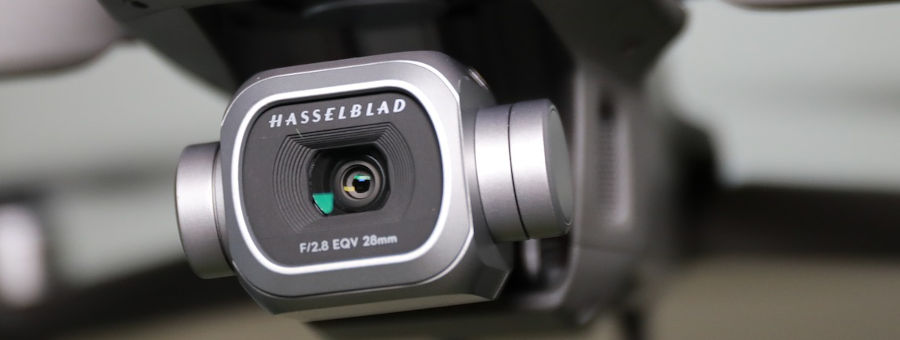
Megapixel
The number of megapixels (MPs) of a camera is often specified. This means how many pixels a picture has. For example, a 12MP camera can have a resolution of 4415 × 2944 or 4807 × 2704 for a different aspect ratio.
Currently, the MPs of cameras for drones are in the range between 2 MP (Full HD) and 30 MP. I always like to compare the need for MP with printed pictures. These pictures are usually printed with 300 dpi (dots per inch). Thus, you can print a 12MP picture and get a very good picture with the size of 30 cm × 40 cm.
For digital playback devices such as monitors and televisions, you can reach 2 MP Full HD, 8 MP Ultra HD, and 32 MP 8K.
Conclusion: Depending on what you want to do with your pictures and videos, you need the corresponding MP number of the camera.
Number of frames per second (fps)
The value fps is given by many cameras. This is the number of frames per second taken in a video. The human eye can process up to 18 fps, and then the film looks fluid.
For this reason, the standard of 24 fps has prevailed for films. Modern movies have 48 fps.
Only professional video players need up to 60 fps, which is only possible with very good graphics cards. They therefore use such a high number of images, because due to the rapid movements in the game, the entire environment changes, and thus, the picture appears fluid.
Conclusion: If you want to film a quick pan with your drone, you should pay attention to a higher number of frames per second.
What kind of gimbal do I need?
The most important component for image stability is the gimbal together with its suspension. It dampens shrinkage due to the propeller and compensates the turbulences during the flight. The gimbal also controls the position of the camera during the flight.
The more demanding the images become, the better the gimbal must be to match the image quality. For videos with fast maneuvers or long exposure times for pictures of sunsets, the gimbal must be particularly good so that the picture is not blurred.
Basically, the gimbals differ in two and three axes. This means how many directions the camera is stabilized by means of motors. In general, a three-axis gimbal is better, but also heavier, which in turn affects the flight time.
The motor speed become very special for the gimbal, as well as the control, for example, directly via drone control, but this cannot be influenced in most hobby drones.
Conclusion: If you have special requirements for image quality at high airspeeds or long exposure times for images, you should at least use a three-axis gimbal.
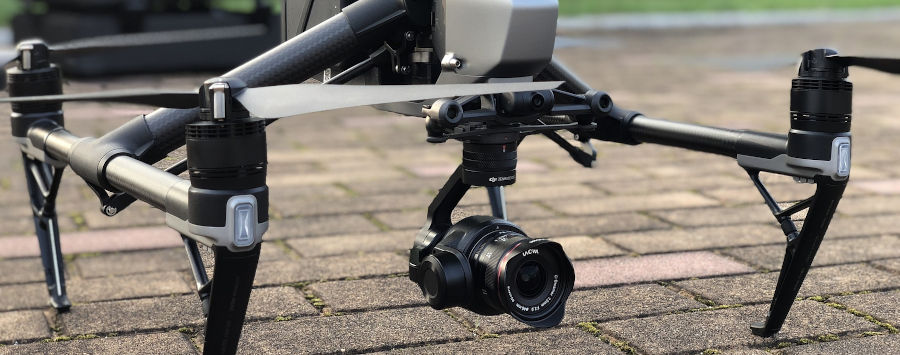
What range and time of flight should my drone have?
This often-asked question is not so easy to answer.
First is the range. This is mainly defined by legislation. In many countries, you can only fly with visual contact, and therefore, the limit is approximately 1 km. This depends on the size of the drone.
If you use a travel drone, you will not fly as far as it is with a large all-rounder drone because of its compact size.
Second is the flight time. Of course, everyone wants to fly for hours, but currently the average is between 10 and 20 min. This will dramatically change in a few years as technologies such as solid accumulators or sulfur electrodes become widely used.
The questions you should ask yourself are as follows:
“How far can I realistically fly away?”
“How long does it take for my drone to stay in the air?”
Conclusion: Many drones are operated within a range of up to 1 km. Anything beyond that is dangerous and is always fraught with a risk. As for the flight time, I’m curious what the future brings. A short stopover for a new battery helps the pilot to relax a bit.
Is an autopilot really necessary?
An autopilot on a drone works basically the same as that on big airliners. Before the flight, a route is transferred via PC to the drone. The drone is connected to several GPS satellites and thus determines its exact position. The current position is constantly compared with the target position and corrected if necessary.
An autopilot is necessary for a hobby camera drone when high film quality is required. Due to the exact autonomous flying of the drone, no unwanted movements occur while filming and the same scene can be flown on the same flight route.
The question you should ask yourself regarding autopilot is as follows:
“Do I want to create automatic flights and movies with the drone, which I can repeat identically?”
Conclusion: Most amateur camera drone pilots do not need an autopilot. Although this feature has quite its charm, it is too time consuming for many to program a route.
Which flight modes should my drone have?
To answer this question, you should be familiar with some flight modes. Here I present briefly the most important in the overview.
- Manual/Acrobatic Mode – The drone does not make steering movements, which means that if you steer the drone to the left, you’ll end up having to do the same movement back to the right to stop the drone.
- Stabilize Mode – The drone flies stabilized independently on the horizontal axis but does not regulate any influencing variables such as wind.
- Altitude Hold – The drone automatically holds the altitude. All other axes remain unregulated. This means that the drone will only change altitude if you make a steering movement.
- GPS Position Hold (Loiter Mode) – When you release the joystick, the drone will hold this position.
- Normal Orientation Mode – The drone flies forward as you push the joystick forward, no matter how it stands in the room.
- Free Orientation Mode – When you push the stick forward, the drone flies away from you, no matter how it’s aligned in the room.
- Return to Home – The drone automatically flies back to the launch site and lands automatically. In what amount it flies back must be programmed beforehand.
Most drones are at least delivered with a “stabilize mode” and often with an “altitude hold.” Better drones have then integrated all other modes. GPS stabilization makes flying much easier, which is why these modes are so popular.
The question you should ask yourself about flight modes is as follows:
“Do I need an automatic positioning of the drone in the air?”
Conclusion: Many drone pilots use a GPS-controlled drone, as the influence of the wind is always automatically controlled and the drone remains stable in the air.
What is an “advanced drone control,” and do I need something like that?
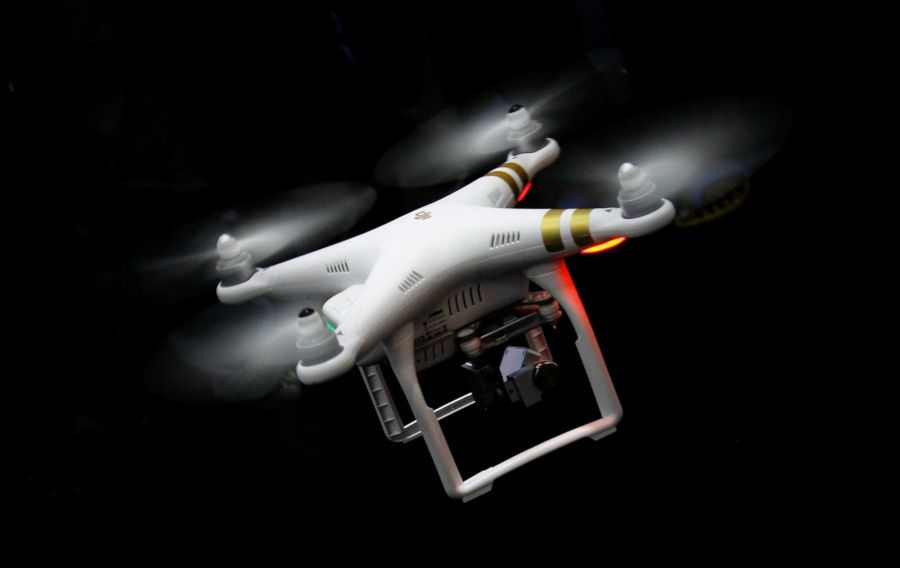
“Advanced drone control” is a new way to control the drone. Here, gesture control has prevailed with the help of hand movements. The drone recognizes certain hand movements and then carries out the control movements.
Also very popular is the use of acceleration sensors in mobile phones. If the mobile phone is tilted to the right, the drone also steers to the right.
The question you should ask yourself regarding “advanced drone control” is as follows:
“Would I like to be able to control my drone without a joystick?”
Conclusion: Although these controls have their appeal, they still do not match the precision of fingertips on a joystick. For this reason, experienced drone pilots prefer to use traditional control methods.
What is an “advanced camera control,” and do I need something like that?
Every year, new opportunities to control drones are available in the market. The most recent functions are the following:
- Follow Me – Select an item on the display of the controller or mobile phone, and the drone tracks that item automatically. This makes it possible to film even in sports without needing a second pilot.
- Region of Interest – The drone is given a GPS point to be filmed. This then controls the camera position so that this point is always in the picture. This allows great overview shots of interesting objects or regions during an overflight.
- Automatic Flight Features – Some manufacturers offer automatic small flight sequences where a movie is made. For example, the drone can fly a circle around an object or switch from a portrait shot to an overview flight.
The question you should ask yourself regarding “advanced camera control” is as follows:
“Will I do a lot of movies with my drone?”
Conclusion: For filming, the various control options of the camera are a real asset.
What is a collision control, and why do I need such a thing?
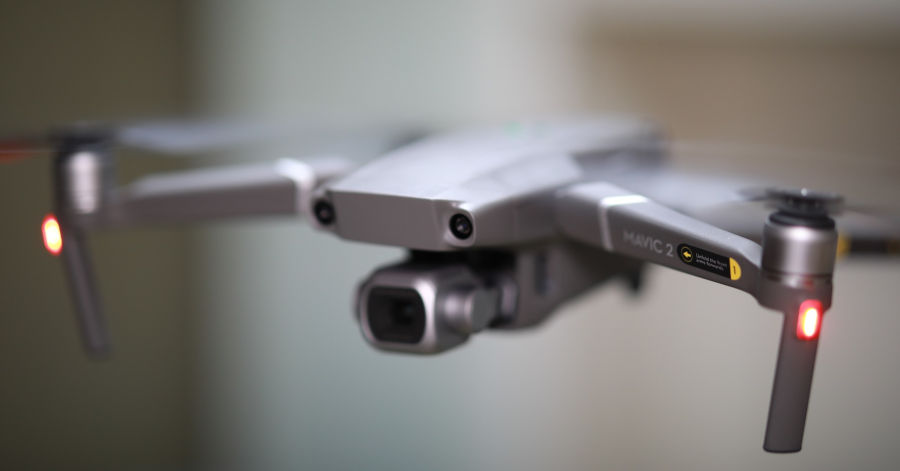
Some drones have sensors to detect their surroundings. When the drone detects that it is approaching an object, it automatically controls itself to prevent a collision.
There are two basic variations of collision control. Simple collision checks detect obstacles and just stop them. Complex collision controls fly around obstacles automatically.
You should ask yourself the following question:
“Do I need a collision check, and if so, which ones?”
Conclusion: Collision checks are especially advantageous to beginners. Experienced pilots will not often use this feature.
What kind of remote control do I need?
Almost all drones are delivered with their own remote control. Some have installed in the remote control a small monitor on which you can see the live image of the camera drone.
Some pilots want to project the camera image into their data glasses. This requires a corresponding data output to be provided by the remote control.
In some applications where you do not want or have a remote control, the drone should be controlled by a mobile phone.
The question you should ask yourself about the controller is as follows:
“Do I also want to control my drone via my mobile phone, and do I have any special requirements for the remote control?”
Conclusion: Many drones have a remote control, and the mobile phone is used as a monitor. There is also the possibility to control the drone only via mobile phone. The data output for data glasses is usually used only for FPV (first-person view), such as drone racing.
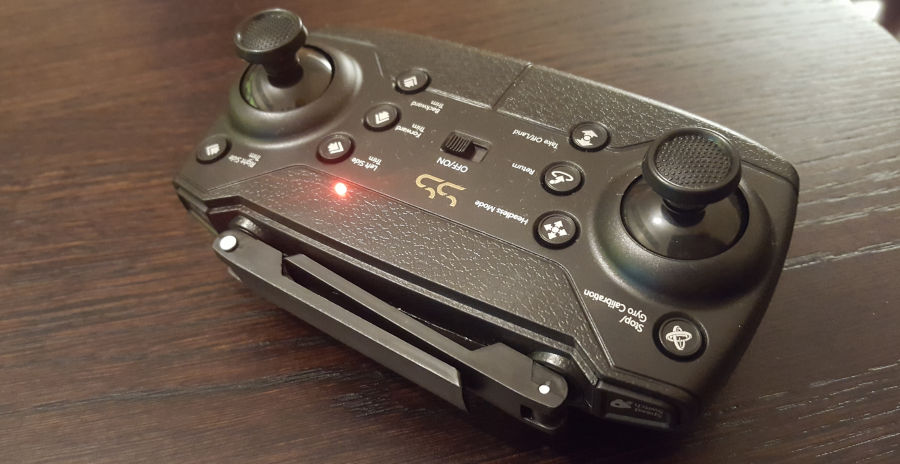
Summary and Outlook
Now you know the common hobby camera drone applications and the most important components and their variations. I asked myself all these questions for my various drone applications and then tested the drones.
I hope that post helps you to find the right drone for you.
